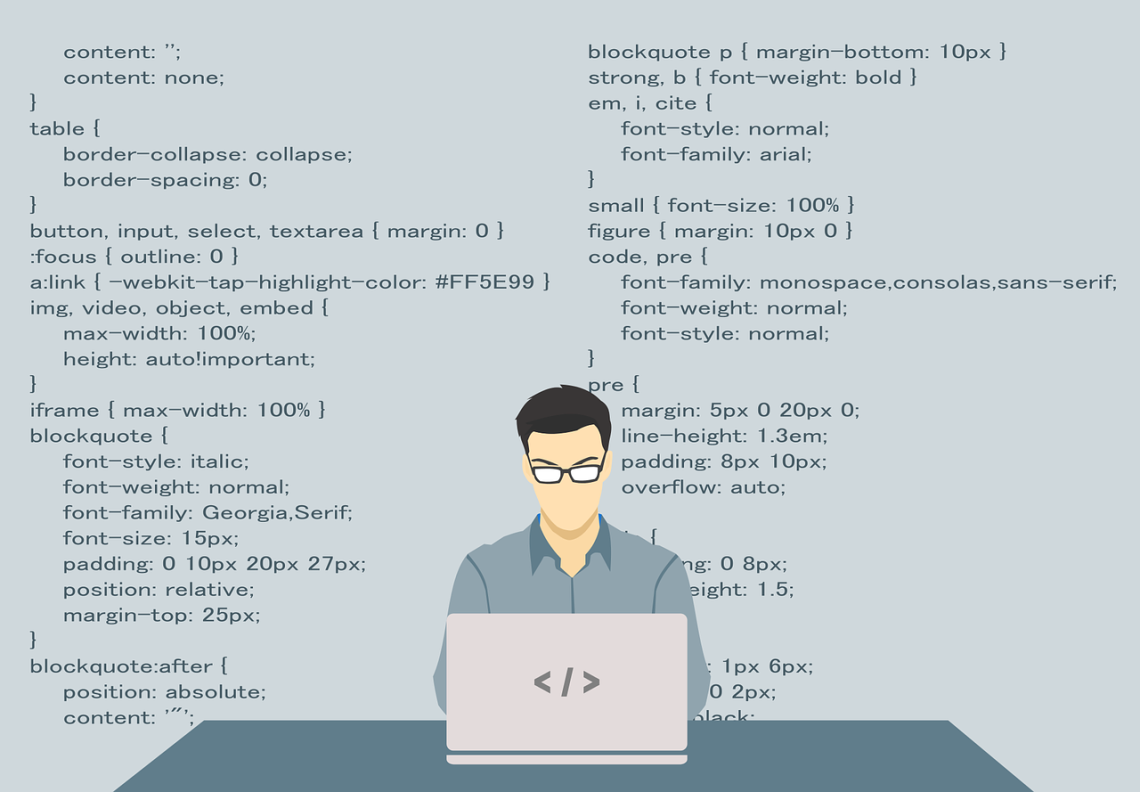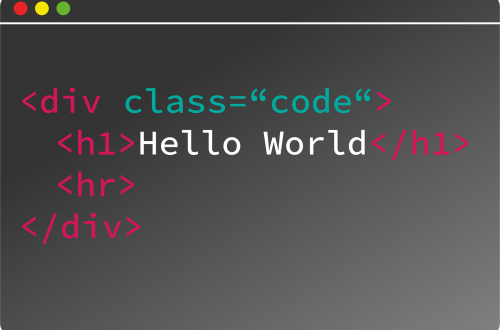
Back-End Development Demystified: Exploring Server-Side Technologies
In the world of web development, back-end development is the backbone that powers the functionality and logic behind the scenes. While front-end development deals with the user interface and interactions, back-end development focuses on server-side technologies that handle data processing, storage, and communication with the front-end. In this article, we will demystify back-end development and explore the essential server-side technologies that drive the dynamic web applications we use every day.
Understanding Back-End Development:
Back-end development involves creating and maintaining the server-side of web applications. This includes managing databases, handling server requests, processing data, and ensuring the smooth communication between the front-end and the server. Back-end developers work with programming languages, frameworks, and tools that facilitate the processing and management of data.
1. Server-Side Programming Languages:
Several programming languages are commonly used for back-end development, each with its strengths and use cases:
- Node.js (JavaScript): Node.js allows developers to use JavaScript on the server-side, enabling full-stack JavaScript development. It is known for its event-driven, non-blocking I/O model, making it highly scalable and efficient for real-time applications.
- Python: Python is renowned for its readability and ease of use. It offers a wide range of libraries and frameworks, such as Django and Flask, that simplify back-end development tasks.
- Ruby: Ruby, with its elegant and expressive syntax, powers the popular Ruby on Rails framework. Ruby on Rails is known for its convention-over-configuration approach, streamlining development and promoting best practices.
- Java: Java is a robust and versatile language, widely used for enterprise-level applications. Java frameworks like Spring and JavaServer Faces (JSF) offer powerful tools for back-end development.
- PHP: PHP is a popular scripting language widely used for web development. It is known for its simplicity and compatibility with various web servers and databases.
2. Server-Side Frameworks:
Frameworks provide pre-built components and tools that simplify back-end development. Some popular back-end frameworks include:
- Express.js (Node.js): Express.js is a minimal and flexible framework for Node.js, making it a popular choice for building scalable and performant server-side applications.
- Django (Python): Django is a high-level Python web framework known for its “batteries included” philosophy, providing a robust set of features out-of-the-box.
- Ruby on Rails (Ruby): Ruby on Rails embraces the “Convention over Configuration” principle, enabling developers to build web applications quickly and efficiently.
- Spring (Java): Spring is a powerful Java framework that offers a comprehensive set of tools and modules for building enterprise-level applications.
3. Databases and Data Management:
Back-end developers work with databases to store and manage application data. Common types of databases include:
- Relational Databases: Relational databases like MySQL, PostgreSQL, and Microsoft SQL Server use a structured schema to organize data in tables with predefined relationships.
- NoSQL Databases: NoSQL databases like MongoDB, CouchDB, and Cassandra offer more flexibility and scalability for handling unstructured or semi-structured data.
- GraphQL: GraphQL is a query language and runtime for APIs that allows clients to request specific data from the server, reducing over-fetching and improving efficiency.
4. API Development:
Application Programming Interfaces (APIs) enable communication between the front-end and back-end of web applications. RESTful APIs, GraphQL, and SOAP are some of the common API types used in back-end development.
Conclusion:
Back-end development is the foundation that powers the dynamic and data-driven web applications we use daily. With various server-side programming languages, frameworks, databases, and API development tools, back-end developers craft the logic and functionality that enable seamless interactions between users and applications.
Understanding the core concepts and server-side technologies involved in back-end development is essential for creating scalable, secure, and efficient web applications. Whether you choose Node.js for its real-time capabilities, Python for its simplicity, Ruby on Rails for rapid development, Java for enterprise-level projects, or PHP for its widespread use, each server-side technology has its role in shaping the modern web development landscape.
As you delve into back-end development, embrace the power of server-side technologies, and explore the endless possibilities they offer. By mastering the art of back-end development, you open the door to creating robust and innovative web applications that enrich the online experience for users worldwide.





